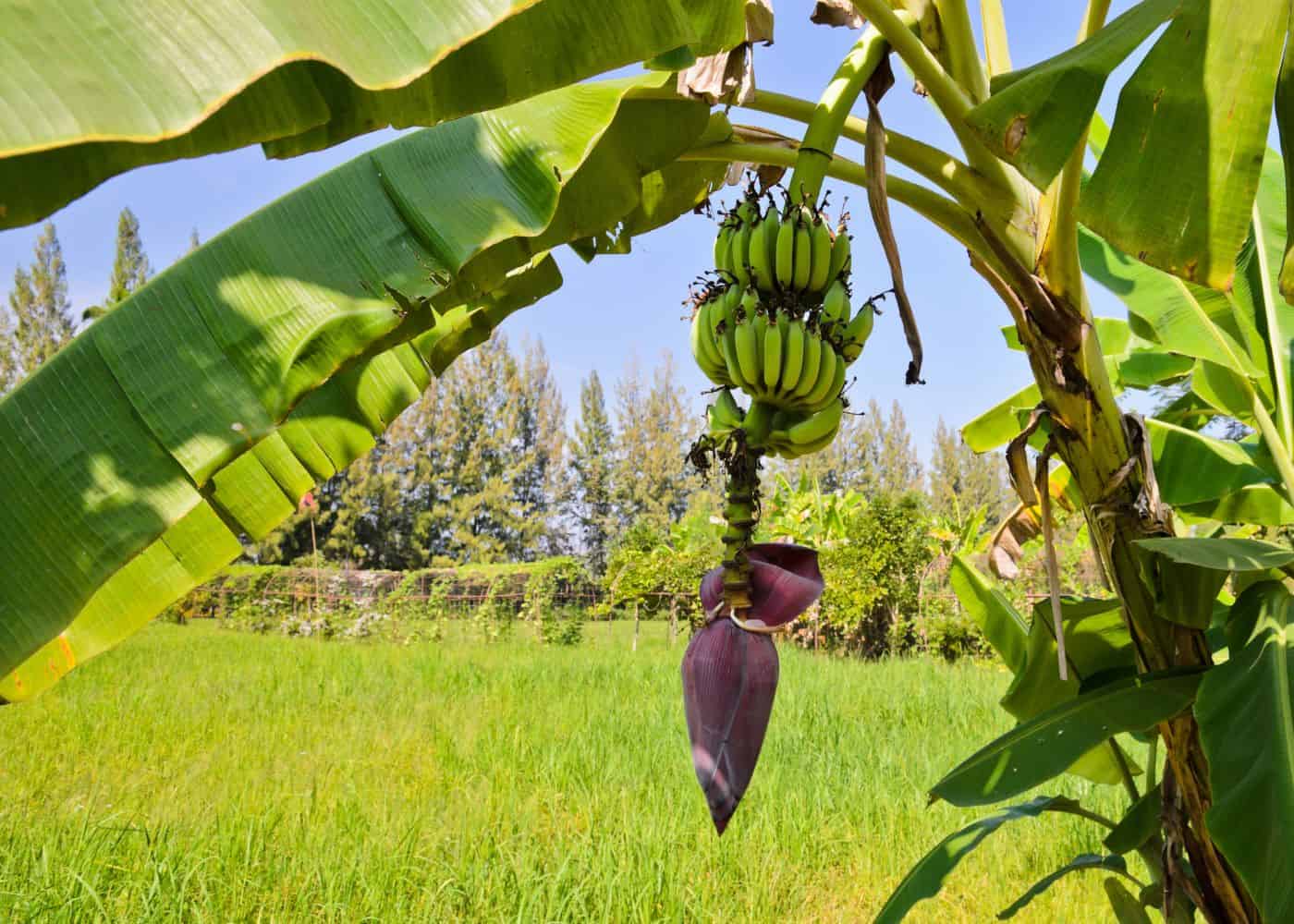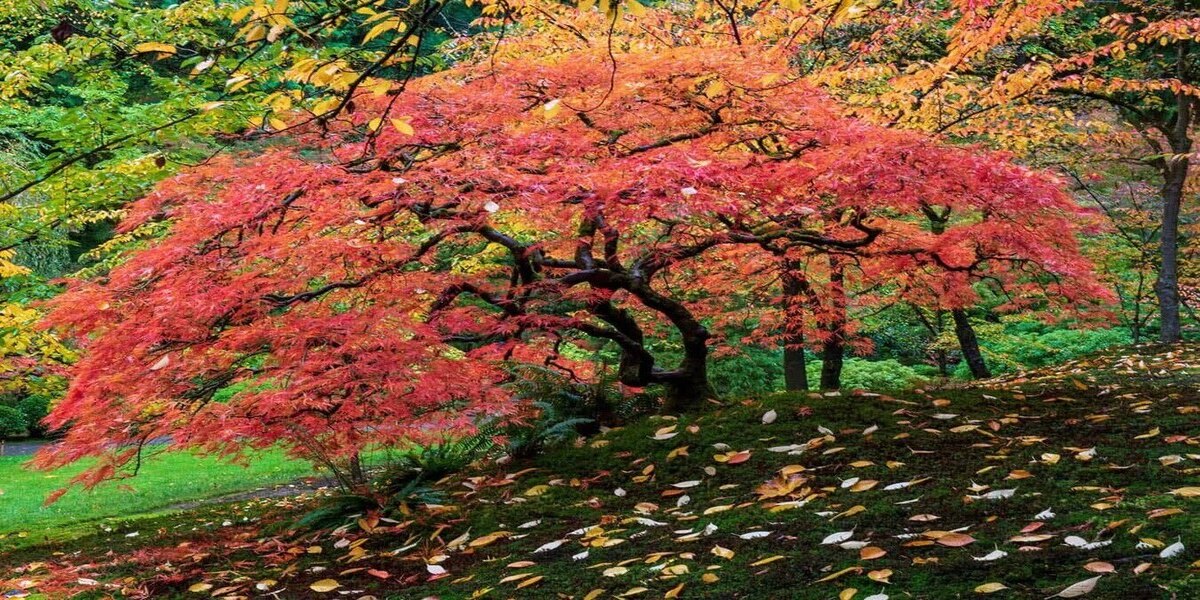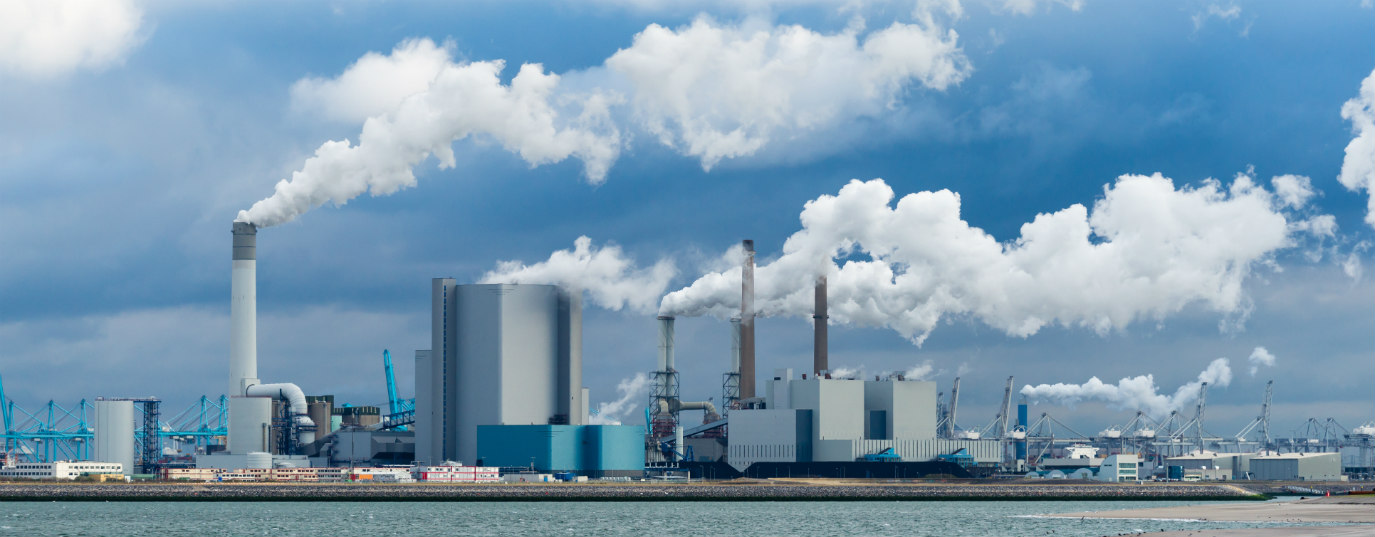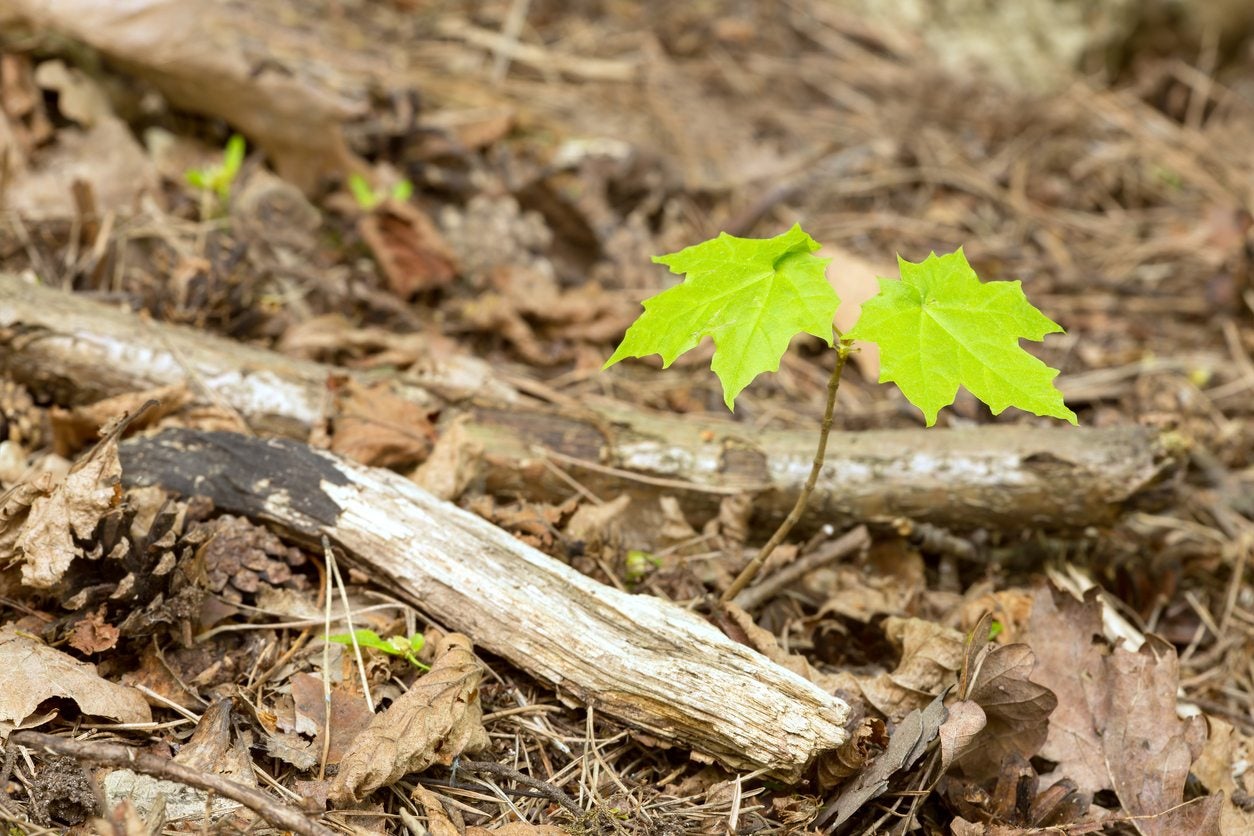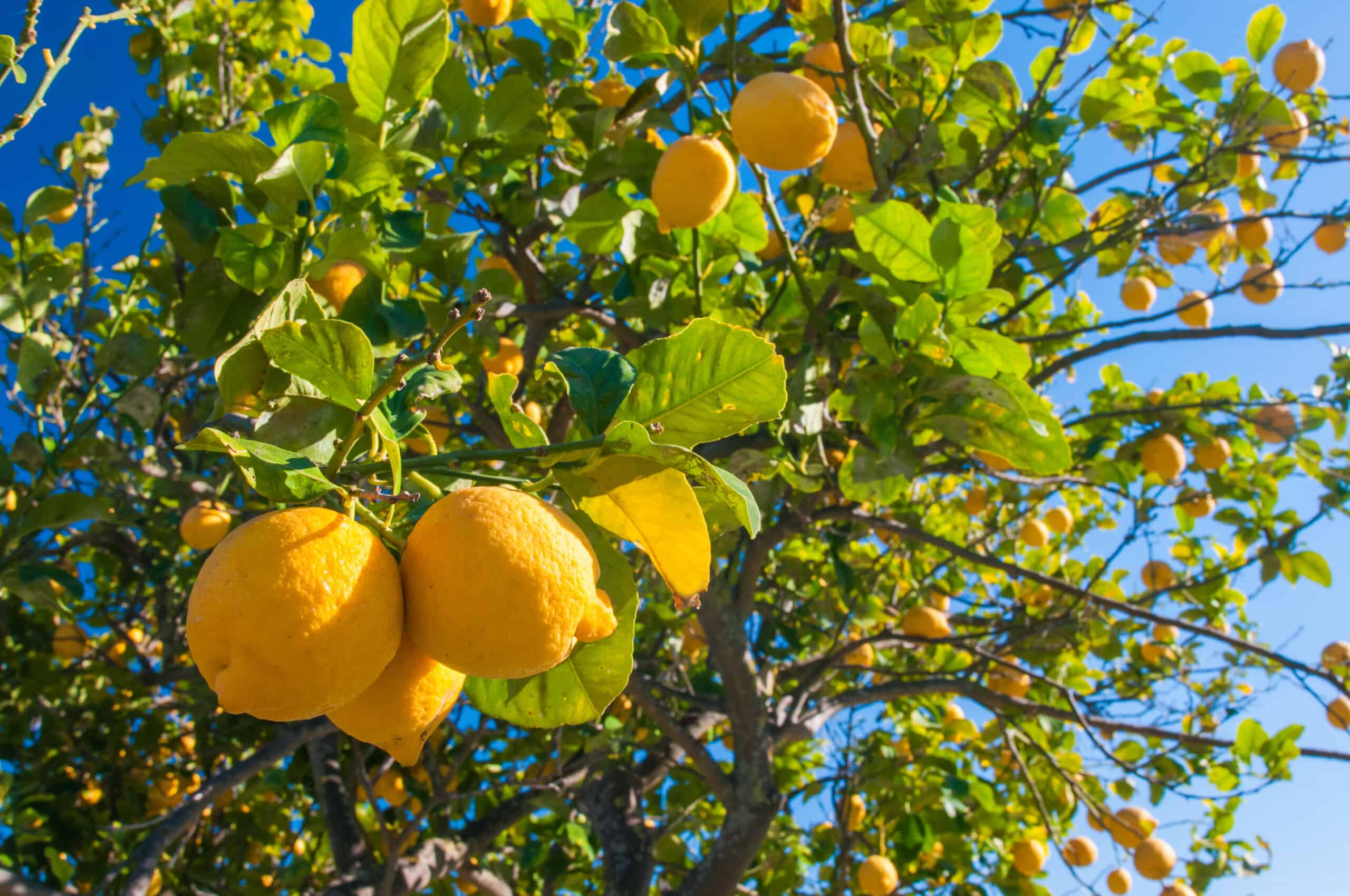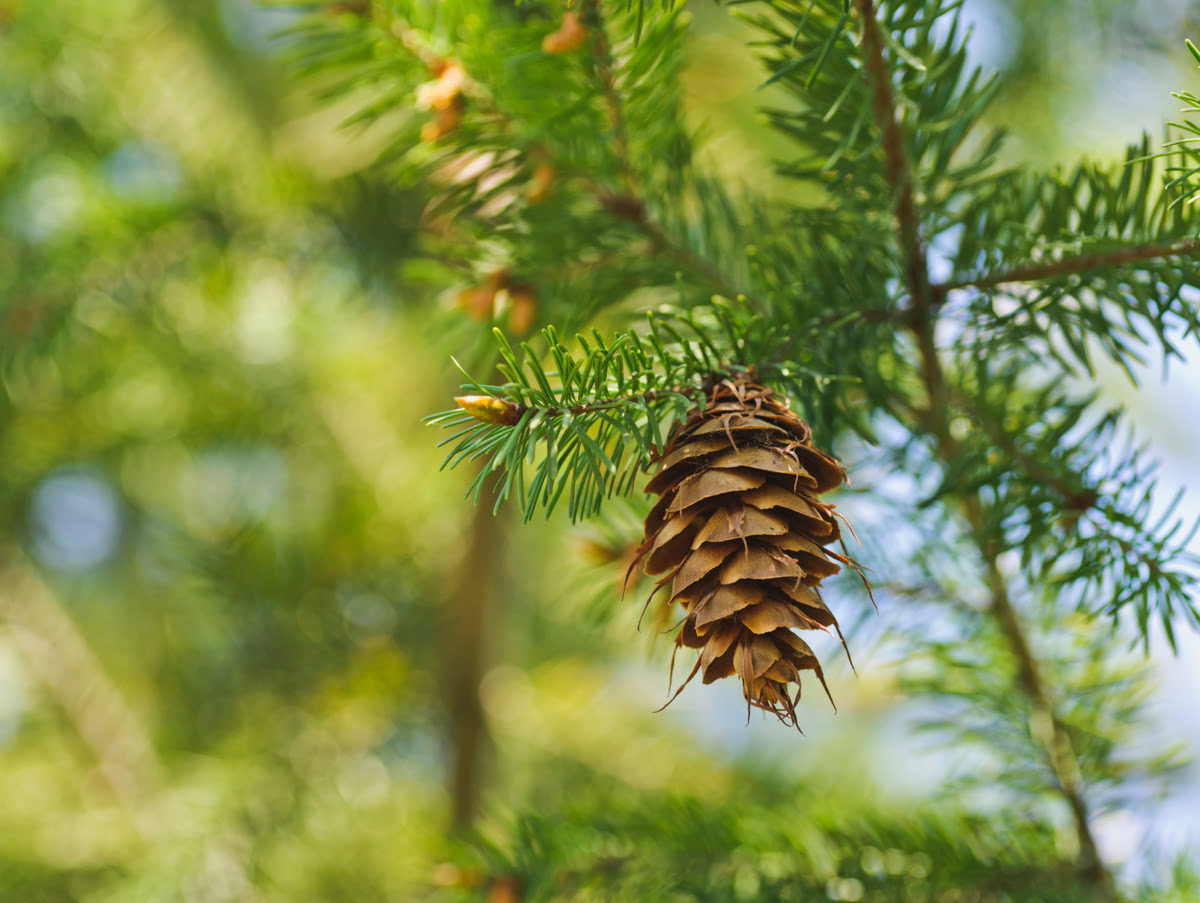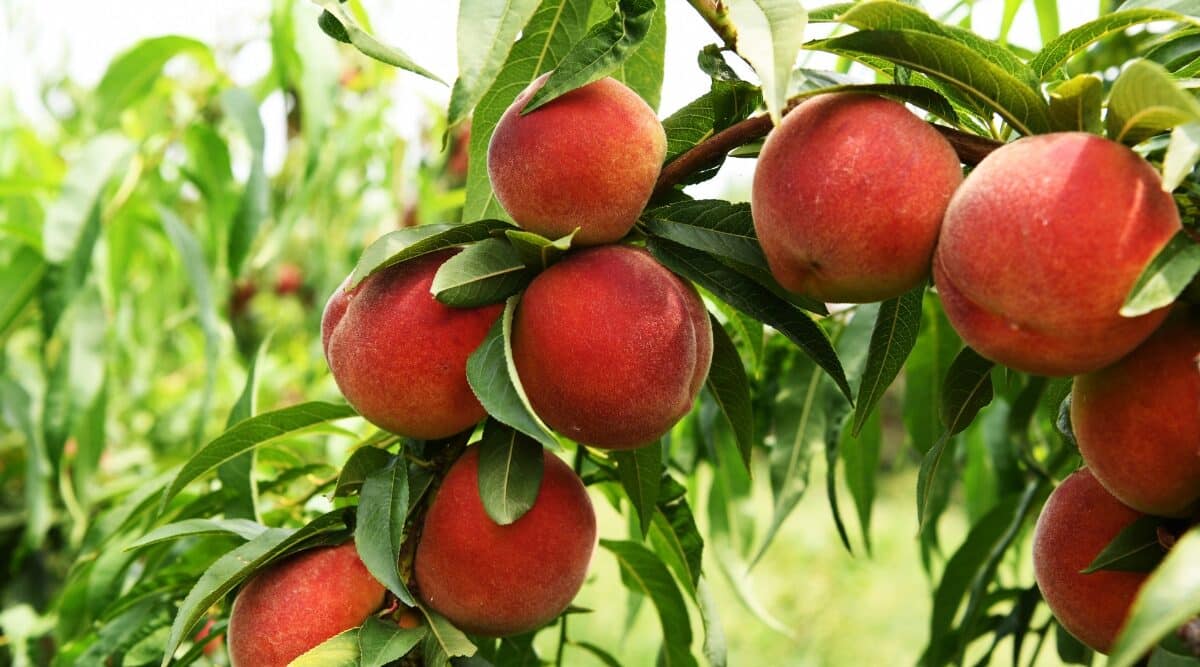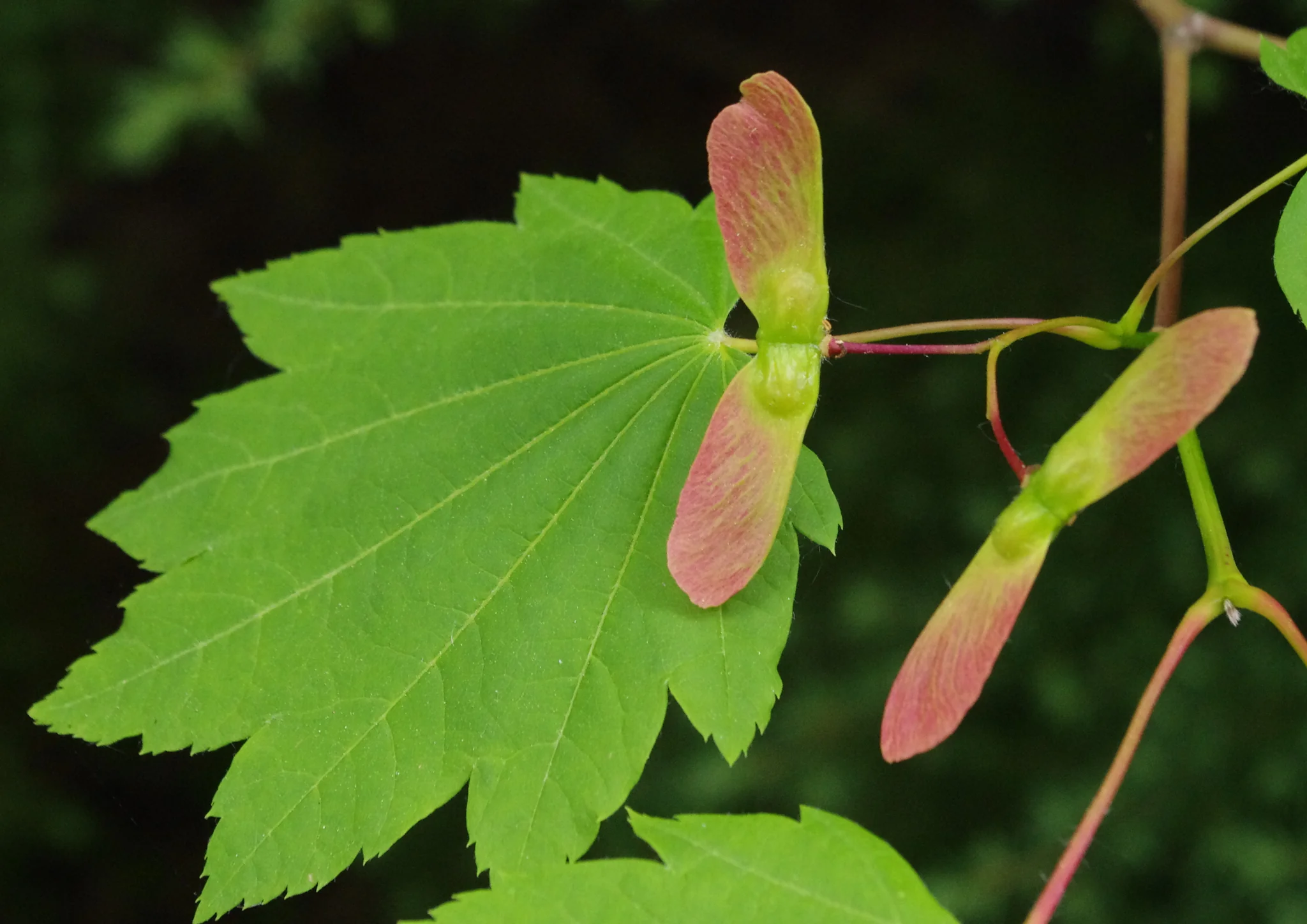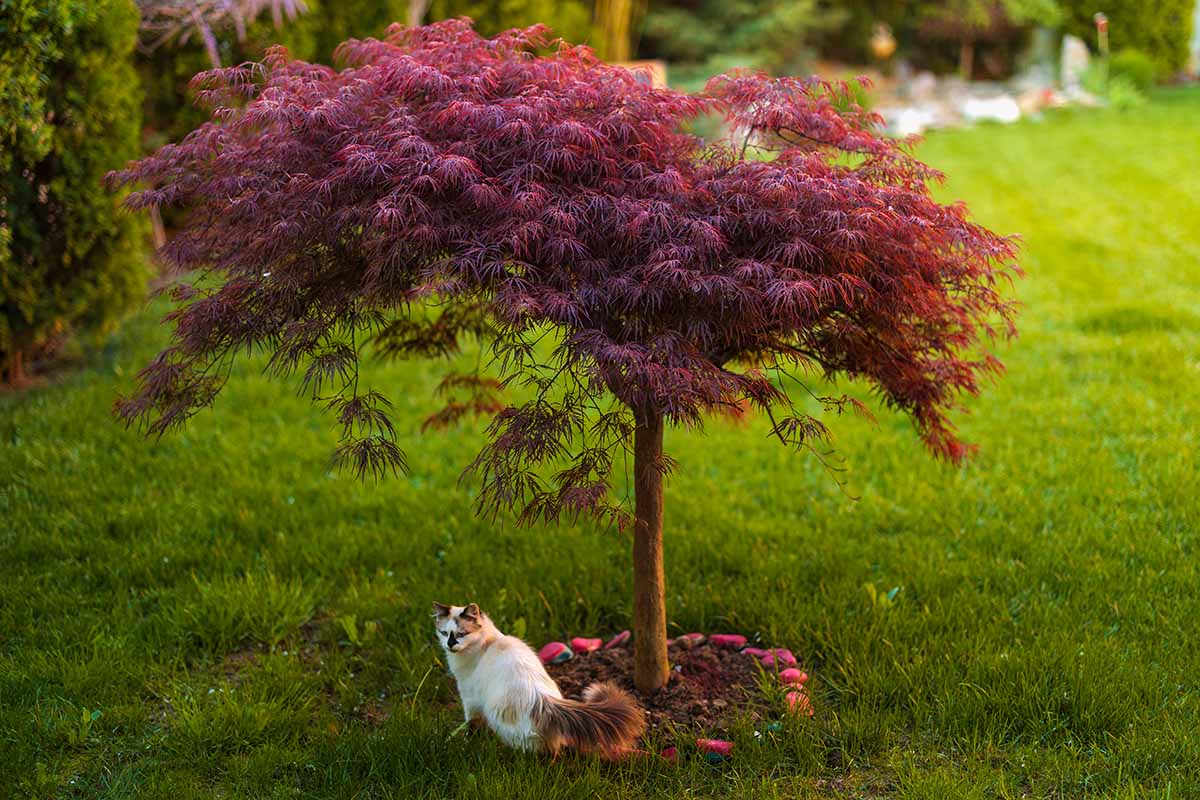Home>Types of Gardening>Edible Gardening>What Trees Produce Maple Syrup
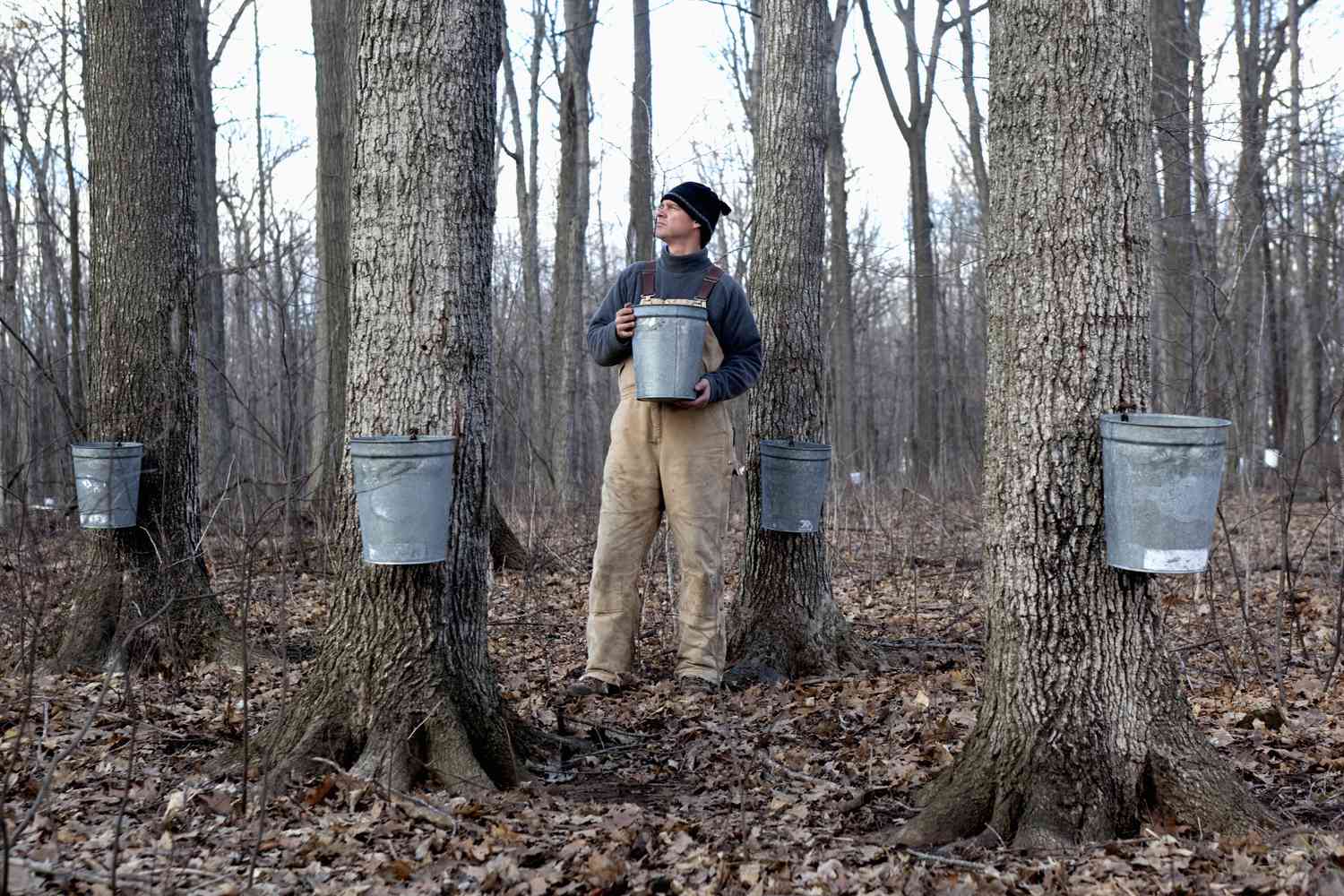

Edible Gardening
What Trees Produce Maple Syrup
Published: November 6, 2023
Learn about the edible gardening of trees that produce maple syrup. Discover how to cultivate your own maple syrup at home and enjoy a sweet, homemade treat!
(Many of the links in this article redirect to a specific reviewed product. Your purchase of these products through affiliate links helps to generate commission for Chicagolandgardening.com, at no extra cost. Learn more)
Table of Contents
Introduction
Welcome to the world of maple syrup production! If you’ve ever wondered where that delicious sweet syrup on your pancakes comes from, look no further. In this article, we will delve into the fascinating world of maple syrup production, exploring the types of trees involved, the process of making maple syrup, the factors that affect its production, as well as its environmental impact and other uses of maple trees.
Maple syrup is a popular natural sweetener that has been enjoyed for centuries. It is made from the sap of various species of maple trees, predominantly the sugar maple (Acer saccharum), red maple (Acer rubrum), and black maple (Acer nigrum). These trees are native to North America and are known for their stunning autumn foliage.
The process of maple syrup production involves tapping the trees and collecting the sap, which is then boiled down to concentrate the sugars and create the rich, flavorful syrup we all love. It’s a labor-intensive process that requires skill and patience, but the end result is truly worth it.
Maple syrup production is deeply ingrained in the cultural heritage of regions like New England and Canada, where it is celebrated during the annual maple syrup season. The gathering of sap and the boiling down of the syrup have become cherished traditions, bringing communities together and providing a sustainable source of income for many small-scale producers.
In recent years, maple syrup has gained popularity as a healthier alternative to refined sugar, as it contains essential minerals and antioxidants. Its unique flavor profiles, ranging from delicate to robust, make it a versatile ingredient in both sweet and savory dishes.
In the following sections, we will explore the different types of trees that produce maple syrup, the intricate process of maple syrup production, the factors that influence its production, the environmental impact of the industry, and the various other uses of maple trees. So, let’s jump right in and discover the wonders of maple syrup!
Types of Trees
Not all trees can yield the sweet nectar that is used to make maple syrup. The primary tree species utilized in maple syrup production are the sugar maple, red maple, and black maple. These trees are renowned for their high sugar content and are native to North America.
The sugar maple (Acer saccharum) is the most popular tree for syrup production. Its sap has the highest sugar concentration, typically around 2-3%, making it ideal for creating maple syrup. Sugar maples are easily identifiable by their distinctive lobed leaves and their brilliant fall colors, ranging from vibrant yellows to fiery oranges and deep reds.
The red maple (Acer rubrum) is another prominent tree species involved in maple syrup production. Although its sap has a lower sugar content compared to the sugar maple, around 1-2%, it still produces good-quality syrup. Red maples are known for their reddish twigs, and their leaves turn a beautiful red color in the fall.
The black maple (Acer nigrum) is closely related to the sugar maple and shares many characteristics. It produces sap with a sugar content similar to that of the sugar maple, making it equally suitable for syrup production. Black maples are identified by their deeply lobed leaves with sharp points.
While these three species are the primary sources of maple syrup, other maple trees, such as the silver maple (Acer saccharinum) and the bigleaf maple (Acer macrophyllum), do produce sap that can be used for syrup. However, their sugar concentrations are significantly lower, so they are less commonly tapped for commercial production.
The climate and geographical location also play a role in maple syrup production. The ideal conditions for maple trees are cold winters followed by mild spring days that alternate between freezing nights and temperatures above freezing during the day. This cycle of freezing and thawing promotes the movement of sap within the tree, leading to an abundant sap flow.
When identifying maple trees for syrup production, it is important to consult with local experts or extension services to ensure accurate species identification. Additionally, it is crucial to tap healthy, mature trees that have a certain minimum diameter to allow for sustainable sap extraction without causing harm to the tree.
Now that we have explored the different types of trees used in maple syrup production, let’s move on to understanding the process of turning sap into delicious maple syrup.
Maple Syrup Production Process
The process of turning sap into maple syrup is a time-honored tradition that requires careful attention and precision. Let’s take a closer look at the steps involved in maple syrup production.
1. Tapping: The process begins by tapping the maple trees. This involves drilling a small hole into the trunk or main branches of the tree and inserting a spout or spile to collect the sap. Tapping is typically done in late winter or early spring when the sap begins to flow.
2. Sap Collection: Once the trees are tapped, sap collection begins. Sap is collected in either buckets hung on the spiles or by using a tubing system that allows the sap to flow directly into collection containers. Maple sap has a high water content, with only around 2-3% sugar, so large quantities of sap are needed to produce maple syrup.
3. Sap Evaporation: The collected sap is then transported to a sugarhouse where the evaporation process takes place. The sap is poured into large, flat pans or evaporators and slowly heated. As the sap heats up, water evaporates, and the sugar concentration increases.
4. Boiling: The sap is continuously boiled until it reaches the desired sugar concentration, which is around 66-67%. This process can take several hours and requires regular testing and monitoring to ensure the syrup does not become too thick or burn.
5. Filtering: Once the syrup reaches the proper sugar concentration, it is filtered to remove any impurities, such as sediment or sugar sand. Filtering helps achieve a smooth and visually appealing syrup.
6. Bottling: The final step is to bottle the maple syrup. The hot syrup is poured into sterilized containers and sealed to preserve its freshness and flavor. Proper labeling is essential to provide information about the grade, producer, and date of production.
The whole process requires skill, expertise, and careful attention to detail. It is important to note that it takes approximately 40 liters (or 10 gallons) of sap to produce just one liter (or one quart) of maple syrup. This highlights the labor-intensive nature of maple syrup production and the reason for its relatively high cost compared to other sweeteners.
Now that we have learned about the maple syrup production process, let’s move on to explore the various factors that can impact the production and quality of maple syrup.
Factors Affecting Maple Syrup Production
Producing high-quality maple syrup is dependent on several factors that can impact the sap flow and overall production. Let’s explore some of the key factors that influence maple syrup production.
1. Weather Conditions: Weather plays a significant role in maple syrup production. Freezing temperatures followed by warm sunny days promote the movement of sap within the tree. Cold nights cause the sap to contract, and during warmer days, the sap expands, creating pressure that pushes it out of the tree through the taps. Consistent temperature fluctuations are crucial for a successful sugaring season.
2. Tree Health and Size: The health and size of the maple trees play a crucial role in sap flow. Healthy trees with well-established root systems are more likely to produce ample sap. Mature trees, typically older than 40 years, have larger diameter trunks and can sustain multiple taps without damaging the tree. Tapping smaller or unhealthy trees can reduce sap yield and adversely affect the tree’s health.
3. Location: The geographical location of maple trees can impact the quality and quantity of sap produced. Different regions have varying climates and soil compositions, which can influence the sugar content and flavor profiles of the sap. Maple syrup produced in specific areas, such as New England and Canada, is highly regarded due to their favorable climatic conditions.
4. Time of Year: Timing is critical in maple syrup production. The tapping of trees typically occurs in late winter or early spring when temperatures begin to fluctuate between freezing and thawing. Tapping too early or too late in the season can result in poor sap flow or lower sugar concentrations, affecting syrup production.
5. Management Practices: Proper management practices, including maintaining healthy trees, practicing sustainable tapping techniques, and regular tree pruning, can positively impact maple syrup production. Regular maintenance helps ensure healthy sap flow and prevents the spread of diseases or pests that may affect the quality of the sap and syrup.
6. Boiling Process: The length and intensity of the boiling process can influence the flavor and quality of the maple syrup. Over-boiling can result in a darker syrup with a stronger, more robust flavor, while under-boiling can lead to a lighter syrup with a milder taste. Proper monitoring and precise temperature control are important during the evaporation process to achieve the desired sugar concentration.
It’s important for maple syrup producers to closely monitor these factors to optimize production and maintain the quality of their syrup. Each sugaring season can vary depending on these factors, which adds to the uniqueness and artistry of maple syrup production.
Now that we have explored the factors that affect maple syrup production, let’s turn our attention to the environmental impact associated with this industry.
Environmental Impact of Maple Syrup Production
Maple syrup production is known for its relatively low environmental impact compared to other agricultural practices. Let’s take a closer look at some of the ways in which this industry positively interacts with the environment.
1. Carbon Sequestration: Maple trees, like all trees, play a vital role in carbon sequestration. They absorb carbon dioxide from the atmosphere during photosynthesis and store it in their leaves, branches, and trunks. By tapping maple trees for sap, we promote their growth and, in turn, their ability to capture and store carbon, contributing to mitigating climate change.
2. Forest Preservation: Maple syrup production encourages the preservation of natural forested areas. Maintaining healthy maple stands requires responsible forest management by ensuring the protection of the trees and the surrounding ecosystem. Consequently, this helps to safeguard biodiversity, prevent deforestation, and maintain the integrity of forested habitats.
3. Sustainable Practice: The maple syrup industry follows sustainable practices that promote the long-term health of maple trees and forests. Sustainable tapping techniques, such as limiting the number of taps per tree based on its diameter, ensure that sap extraction does not harm the trees or compromise their ability to produce sap in subsequent years. Additionally, responsible forest management practices, such as selective logging and reforestation efforts, help maintain a healthy and balanced ecosystem.
4. Local Economy: Maple syrup production contributes to the local economy, particularly in rural areas where it serves as an important source of income for many small-scale producers. This helps to sustain rural communities, create jobs, and support local businesses. The economic benefits of the maple syrup industry can also incentivize landowners to preserve and manage their forested lands responsibly, further enhancing environmental conservation efforts.
5. Natural Alternative: Maple syrup serves as a natural alternative to refined sugars and artificial sweeteners. It is free from additives and artificial flavorings, making it a healthier choice for consumers. By promoting the consumption of maple syrup, we reduce the demand for other less sustainable sweeteners, reducing the ecological footprint associated with their production.
While maple syrup production has a relatively positive environmental impact, it is important to ensure that it is carried out responsibly and in harmony with the natural ecosystem. Producers should continue to adopt sustainable practices, educate consumers about the environmental benefits of supporting the industry, and explore ways to further reduce its carbon footprint through innovations and efficiency improvements.
Now that we understand the environmental impact of maple syrup production, let’s explore some of the other uses of maple trees beyond syrup production.
Other Uses of Maple Trees
Maple trees offer more than just delicious sap for maple syrup production. They have many other practical and aesthetic uses. Let’s explore some of the diverse applications of maple trees.
1. Timber: Maple wood is highly valued for its strength, durability, and attractive grain patterns. It is utilized in the construction of furniture, flooring, cabinets, musical instruments, and even sports equipment like baseball bats and bowling pins. Maple wood is known for its light color and smooth finish, making it a popular choice for both functional and decorative purposes.
2. Landscaping: Maple trees are favored for their ornamental beauty and stunning fall foliage. Many varieties of maple, such as the Japanese maple (Acer palmatum) and the red maple (Acer rubrum), are widely used in landscaping and gardening to add visual appeal and vibrant colors to outdoor spaces. They provide shade, attract wildlife, and enhance the overall aesthetic value of parks, gardens, and residential areas.
3. Syrup Varietals: While maple syrup is the most well-known product derived from maple trees, there are other delicious treats that can be made from the sap. Maple cream, maple candy, and maple sugar are popular sweet treats that are made by further processing maple syrup. These confections offer different textures and flavors, expanding the culinary possibilities of maple products.
4. Medicinal Uses: Maple trees have been used in traditional medicine for various purposes. The Native Americans used maple sap as a tonic for promoting digestion and as a remedy for coughs and sore throats. The bark of some maple species is believed to have antimicrobial properties and has been used in herbal medicine to treat minor skin ailments. However, it is important to note that modern scientific research is limited in this area, and consulting a healthcare professional is always advisable.
5. Environmental Benefits: Maple trees provide numerous environmental benefits beyond their syrup production. Their dense foliage helps in preventing soil erosion, improving water quality, and providing habitat for birds and other wildlife. The shade provided by large maple trees can also help to reduce energy consumption in hot climates by shading buildings and reducing the need for air conditioning.
6. Cultural Significance: Maple trees hold cultural significance in various societies and have become a symbol of national pride in countries like Canada. The maple leaf is prominently featured on the Canadian flag, representing unity, diversity, and resilience. In New England, maple syrup production has deep historical and cultural roots, connecting communities and preserving traditional practices over generations.
The versatile applications and cultural significance of maple trees highlight their importance beyond their role in syrup production. From timber to landscaping to medicinal uses, maple trees offer numerous benefits that contribute to our society, economy, and environment.
Now that we have explored the many uses of maple trees, let’s summarize our findings and reflect on the wonders of these remarkable trees.
Conclusion
Maple syrup production is a fascinating and labor-intensive process that brings us the sweet delight we enjoy on our pancakes and waffles. Through the tapping of maple trees and the careful boiling of sap, we can experience the rich and flavorful syrup that has become a breakfast staple for many.
From the sugar maple to the red maple and black maple, these trees provide us with the raw material for maple syrup production. Their distinctive properties and ability to produce high-quality sap have made them the primary sources for this sweet treat.
Factors such as weather conditions, tree health, geographical location, timing, and management practices all play a crucial role in successful maple syrup production. Understanding and optimizing these factors can lead to a bountiful sugaring season and a flavorful end product.
While maple syrup production has a relatively low environmental impact, it contributes to carbon sequestration, forest preservation, and sustainable practices. Additionally, maple trees offer more than just syrup. Their wood is prized for its strength and beauty, they enhance landscapes with their vibrant foliage, and they have historical and cultural significance.
In summary, maple syrup production is a journey that connects us with nature, history, and cultural traditions. It provides us with a delicious and natural sweetener, supports local economies, and has a positive impact on the environment when carried out responsibly.
So, the next time you drizzle maple syrup onto your pancakes, take a moment to appreciate the intricate process involved in bringing that syrup to your table – from the tapping of trees to the skilled boiling and filtering. And remember to savor the flavors and the stories that lie within each delectable drop.
